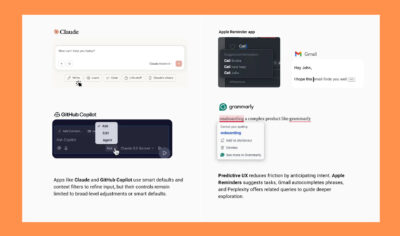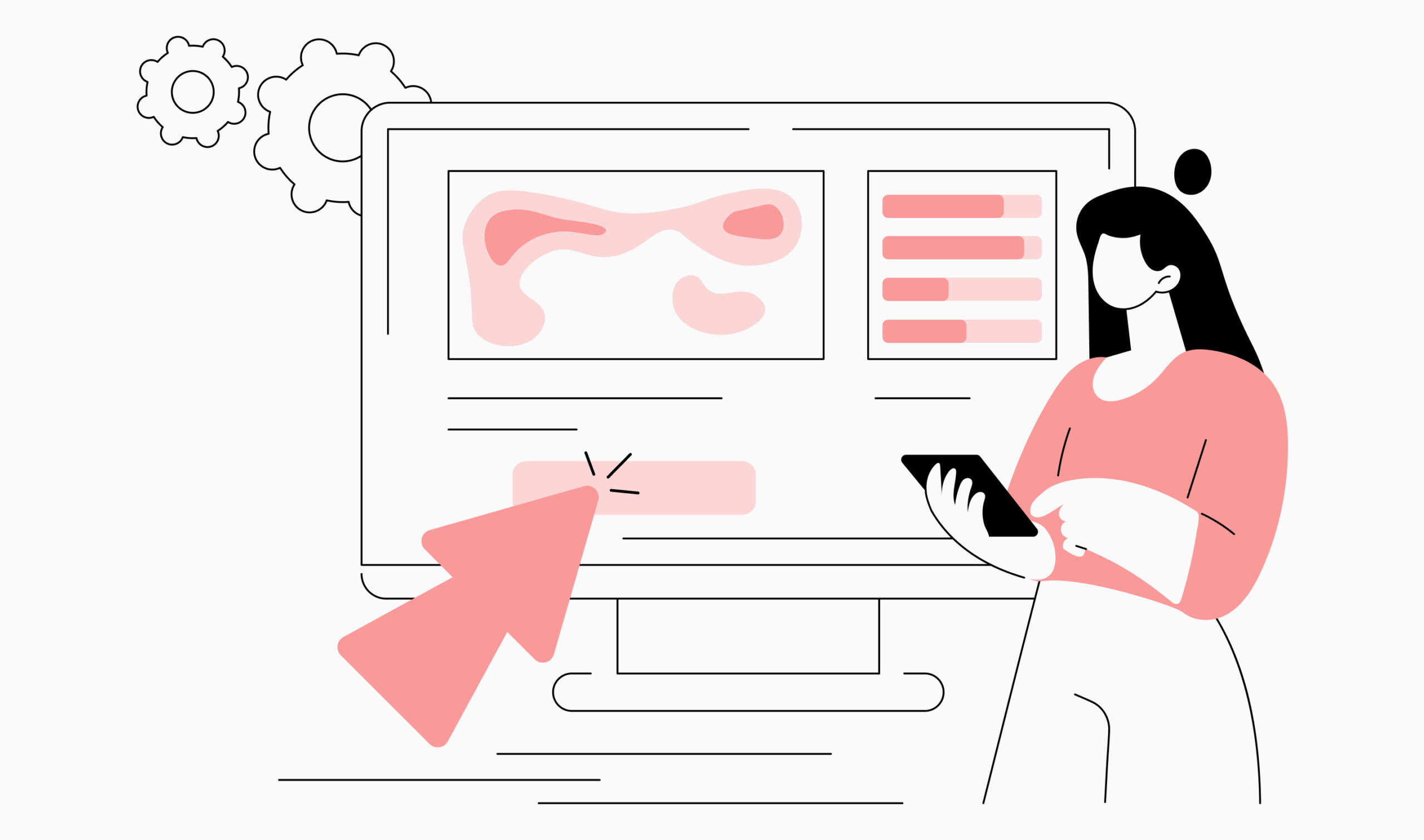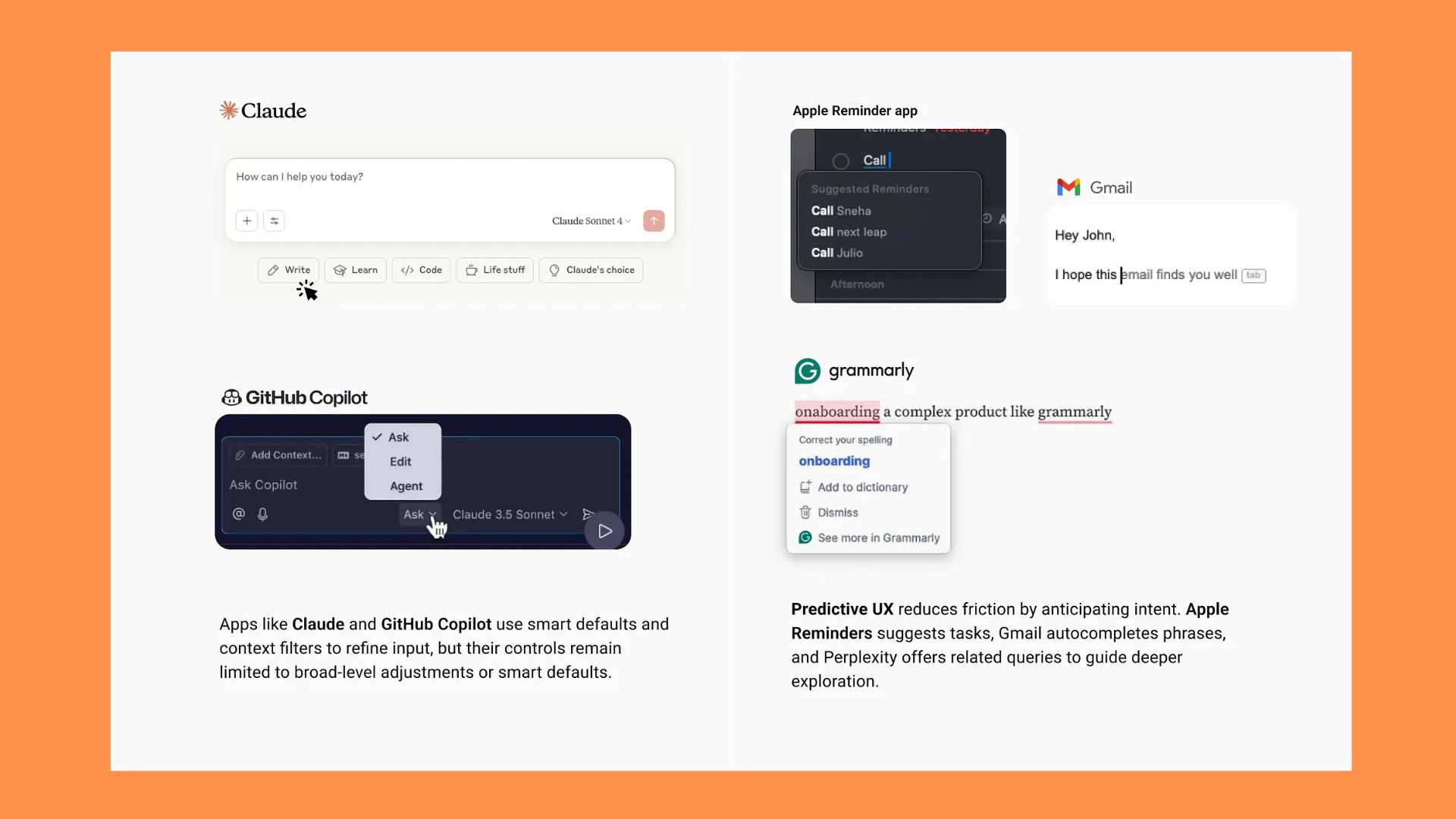
The UX Hack That Helps AI Capture User Intent
The dreaded blank-screen issue is one of the most frequent annoyances encountered when interacting with AI-powered tools. Whether it’s a writing assistant, a design generator, or even a smart search bar, opening the interface often reveals a large blank box waiting for input. This moment of hesitation, wondering what precisely to write, how specific to be, or whether a particular format is required, may seem trivial, but in terms of user experience (UX), it’s a significant barrier. This friction causes users to second-guess themselves and often leads to abandoned tasks. Understanding why users are searching online is crucial for designing effective AI interfaces that anticipate and address these moments of uncertainty.
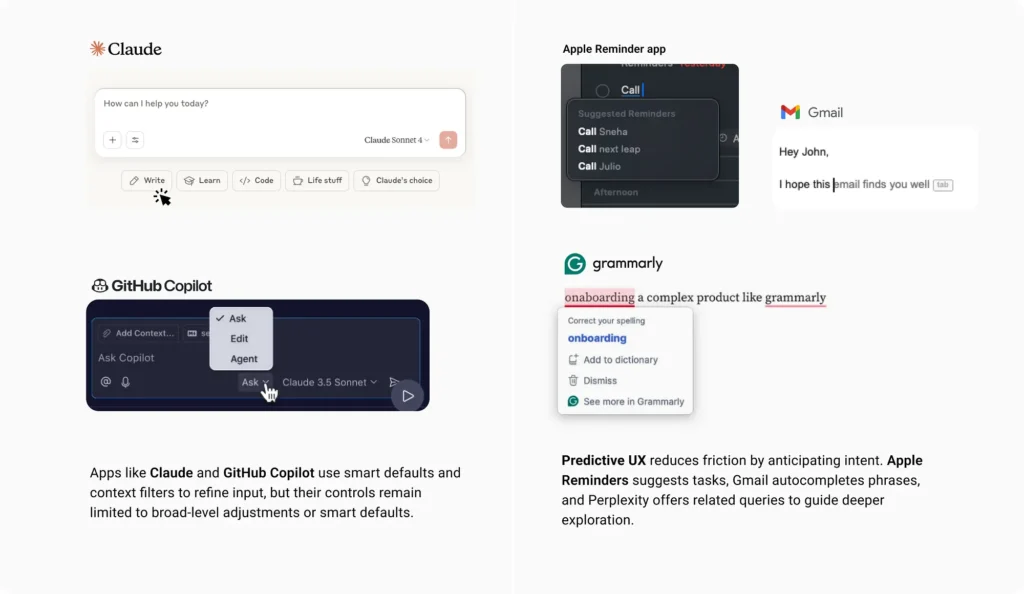
This is precisely where capturing user intent becomes a game-changer. When AI tools anticipate or guide intent early in the interaction, they remove that mental block. Instead of starting from scratch, users are nudged in a clear direction, provided with examples, or offered context-aware options. This approach not only enhances the AI’s perceived intelligence and usefulness but also makes the interface feel more seamless and intuitive. The result is increased user satisfaction, improved relevance of the output, and a reduction in wasted time. This is why search intent is important, not only does it improve user experience, but it also leads to better outcomes in both search and AI interactions.
In this article, we will explore what user intent means in an AI-UI context, how designers can capture it through clever patterns and prediction techniques, real-world examples from popular tools, and the advantages and challenges of implementing intent-aware interfaces. By the end, you’ll have a clear understanding of how recognizing and responding to user intent and optimizing for the main keyword in alignment with user intent can transform how humans engage with artificial intelligence and improve both AI tool effectiveness and search rankings.
Table of Contents
What Does “Intent” Mean in AI-UI Context
When discussing user intent in AI design, it’s important to realize that intent goes beyond the literal words a user types or the actions they take. Sometimes, a single word or keyword can signal intent, but often the underlying goal is more complex and nuanced. Intent reflects the broader goal the user wants to achieve. For example, if you open Gmail and type “Meeting notes,” your intent is not merely to insert those words into an email. Instead, your underlying goal might be to send a concise, professional summary of a meeting to your team, crafted with the right tone and structure.
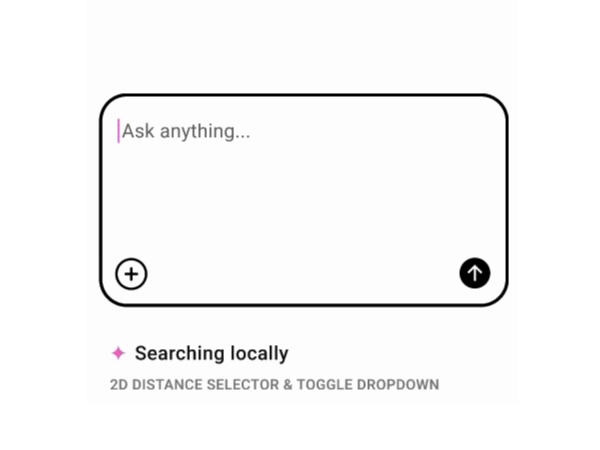
Intent often reveals itself in subtle ways. Sometimes, it’s obvious from the context. For instance, if you are using a resume builder and begin typing, the system can infer that your intent is to format content into a professional CV rather than a casual blog post. Users may choose specific words to express their intent, and AI can interpret these choices to better understand user goals. Other times, intent is inferred through user behavior. If a user hesitates for a long time at the start of a blank prompt, the system might surface starter templates to guide them. Intent can also be deduced from the type of content uploaded; for example, dropping a PDF full of numbers likely signals the user’s intent to analyze or summarize data rather than to create a poetic rewrite.
The key distinction lies between inputs and intent: inputs are the literal text or actions, while intent is the underlying goal driving those inputs. Effective AI UX design bridges this gap by understanding and responding to the true intent behind a user’s actions.
Types of User Intent
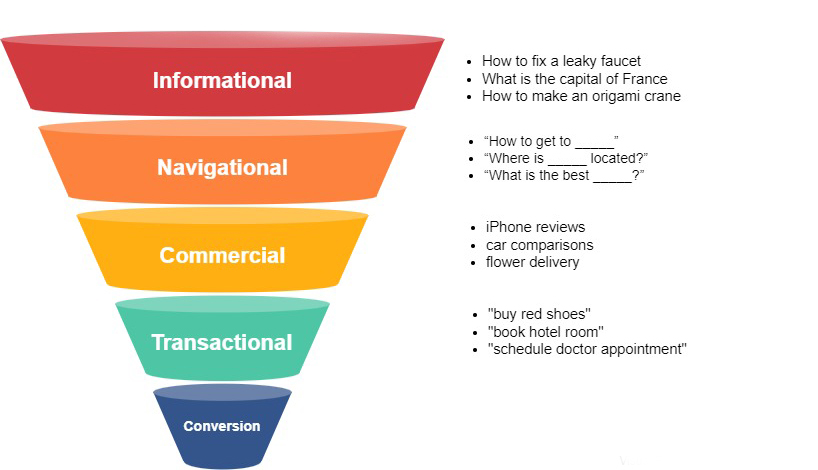
Understanding the different types of user intent is essential for designing AI interfaces and creating content that truly resonates with users. User intent can generally be grouped into four main categories: informational intent, navigational intent, transactional intent, and commercial intent.
Informational intent is when users search for knowledge or answers to specific questions. For example, someone might type “how to improve running form” or “what is the best way to learn SEO?” into a search engine. These users are seeking information, tips, or explanations, and they expect clear, relevant content that addresses their query.
Navigational intent occurs when users are looking to reach a specific website or page. Instead of typing a full URL, they might search for “Facebook” or “Nike official site” to quickly access a particular website. Recognizing navigational intent helps ensure users are directed to the exact page they want without unnecessary detours.
Transactional intent is present when users are ready to take action, such as making a purchase or signing up for a service. Searches like “buy running shoes online” or “subscribe to streaming service” signal that the user is prepared to complete a transaction. Optimizing for transactional intent means making the path to purchase as smooth and intuitive as possible.
Commercial intent sits between informational and transactional. Here, users are actively researching products or services before making a decision. For instance, someone searching for “best running shoes for flat feet” or “Nike vs Adidas running shoes” is comparing options and looking for reviews or recommendations. Content that addresses commercial intent should help users evaluate their choices and move closer to a purchase.
By identifying and addressing these types of intent, businesses and designers can ensure their AI tools and content meet users’ needs at every stage of their search journey.
Different Stages of User Intent
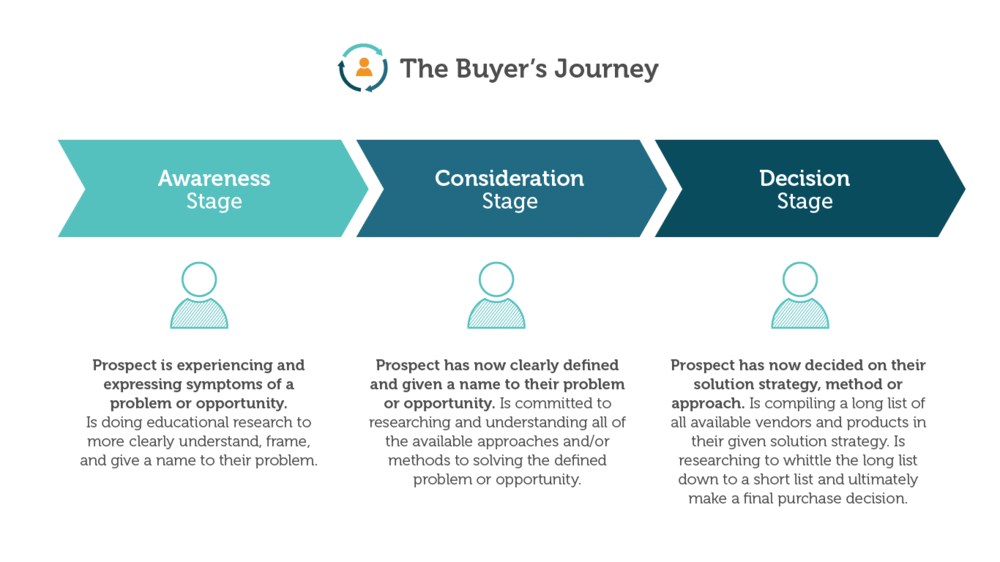
User intent isn’t static, it evolves as users move through different stages of their journey. Recognizing these stages is crucial for developing marketing strategies that improve user satisfaction and drive higher conversions.
The awareness stage is where users first become conscious of a need or problem. At this point, they’re gathering information and exploring possibilities. Content aimed at the awareness stage should educate and inform, helping users understand their options without pushing for an immediate sale.
Next comes the consideration stage, where users are actively comparing options and weighing the pros and cons of different products or services. Here, users are looking for detailed comparisons, reviews, and case studies to help them make an informed decision. Content that addresses this stage should focus on comparing options and highlighting unique benefits.
Finally, the decision-making stage is when users are ready to act. They’ve done their research and are prepared to make a purchase or take another desired action. At this point, content should be clear, persuasive, and make it easy for users to complete their transaction, whether that’s buying running shoes or signing up for a newsletter.
By tailoring content and marketing strategies to these different stages of user intent, businesses can guide users more effectively through the funnel, improve user satisfaction, and achieve higher conversion rates.
Contextual Prompt Patterns for Capturing Intent

One effective way to capture user intent is through contextual prompts: design patterns that adapt dynamically to the situation, guiding users toward their goals without overwhelming them. Consider search workflows as an example. When you type into Google or Spotify, you’ll notice chips or dropdowns suggesting related queries. These are not just conveniences; they serve to narrow and clarify intent. For example, typing “coffee shops” might prompt chips like “near me” or “open now,” helping users specify what they actually want.
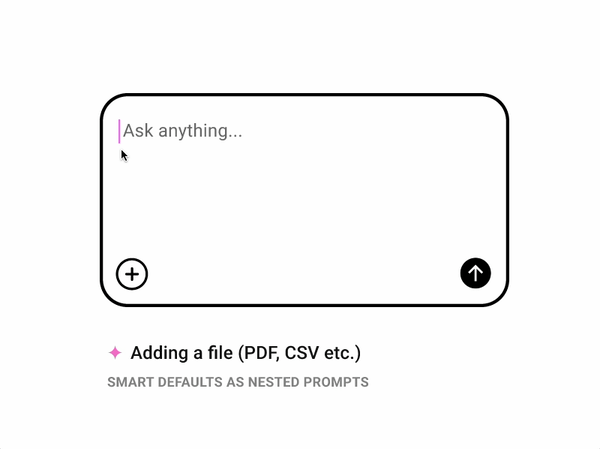
File upload interfaces provide another compelling example. Imagine uploading a lengthy PDF to an AI assistant. Instead of facing a blank prompt that simply says “Ask me anything,” a smart interface might suggest options like “Do you want a summary? Extract key dates? Translate this into plain English?” This small nudge transforms an overwhelming file into actionable choices aligned with typical user intents.
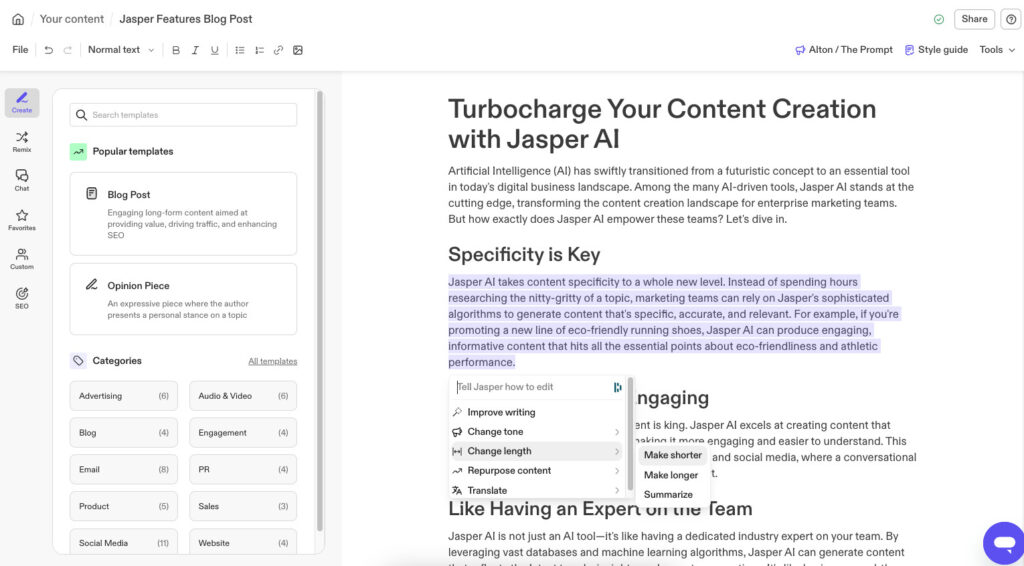
Content creation tools also excel at this. Platforms like Jasper or Notion AI don’t leave users staring at a blinking cursor. Instead, they offer tone controls (casual, formal, witty), style presets (email, blog post, tweet), and inline hints. These tools help users create content such as blog posts, emails, or product descriptions by aligning with their intent. Rather than requiring users to articulate everything upfront, these tools nudge users to select options that align with their search intent, making it easier to start creating content.
Contextual prompts not only clarify user intent but also optimize the process of content creation and user interaction by reducing friction and guiding users to relevant actions. This approach helps ensure that content types like blog posts are tailored to user needs and that the overall experience is continually improved.
Designing for Intent Prediction: Strategies & Patterns
Capturing user intent effectively isn’t about guessing randomly; it’s about designing strategies that surface helpful nudges at the right moments throughout the user journey.
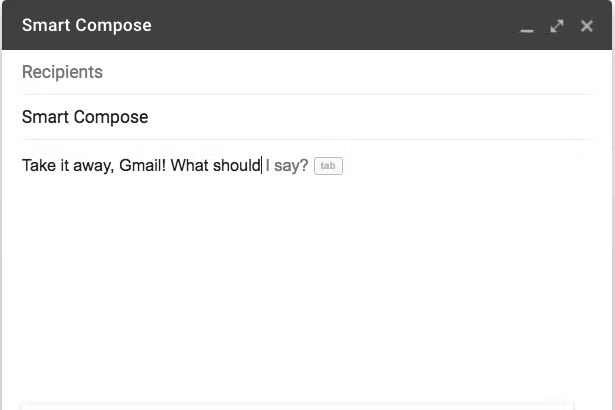
One popular strategy is predictive suggestions while typing. Gmail’s Smart Compose feature is a prime example. As users type, it predicts the rest of the sentence, saving keystrokes and clarifying intent. For instance, when writing “Let’s schedule a call,” Smart Compose often suggests adding “for next week,” aligning with common communication patterns. Analyzing user interactions with search results pages can further refine these intent prediction strategies, as patterns in clicks and engagement reveal what users are truly seeking.
Another approach involves ghost text or adaptive placeholders. Instead of a generic prompt like “Type here,” the input box might display “Write a short friendly email to your team” or “Summarize this article in plain English.” These tailored prompts set expectations and reduce the anxiety associated with blank pages.
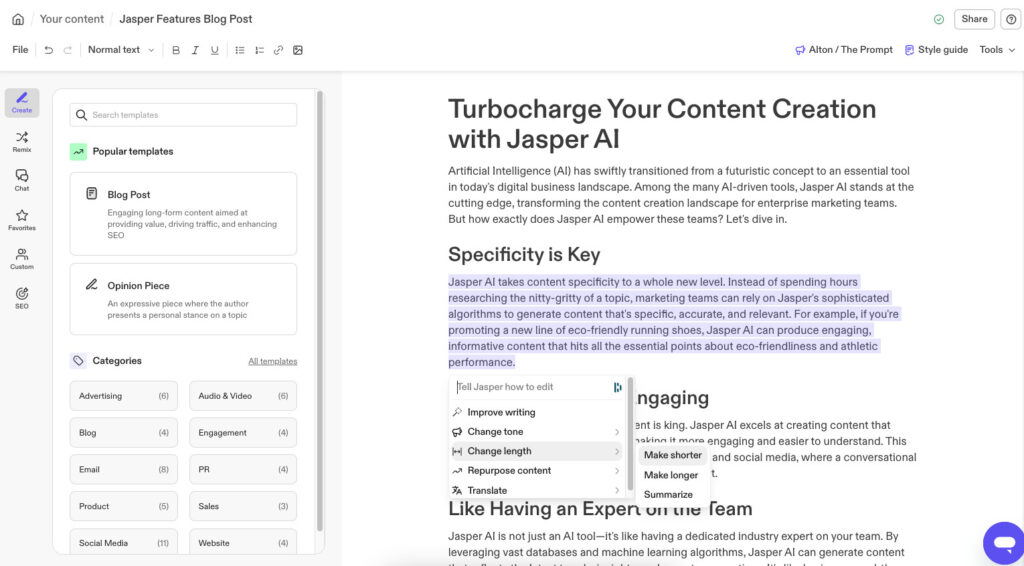
Dynamic presets further enhance intent capture. A presentation tool might adapt based on the user’s role: students uploading lecture notes might see suggestions like “Study summary” or “Flashcards,” while marketers uploading campaign assets might receive options like “Pitch deck” or “Campaign brief.” Intent-aware interfaces can also guide users to the most relevant landing page based on their predicted intent, ensuring that the content matches their needs and stage in the journey.
Finally, progressive disclosure ensures the interface remains approachable. It starts simple to avoid overwhelming users but reveals more advanced controls as users engage deeper. Canva’s design editor exemplifies this by initially showing a blank slide with template suggestions and gradually surfacing more style and layout options as users add elements, matching their evolving intent. Interfaces can also handle multiple intents by progressively revealing options as the user’s intent becomes clearer, accommodating queries with several possible meanings.
Multiple Meanings and User Intent
One of the biggest challenges in understanding user intent is dealing with search queries that have multiple meanings. A single search phrase can often be interpreted in different ways depending on the user’s context or needs. For example, the word “apple” could refer to the technology company or the fruit. Without additional context, it’s difficult to know which result is most relevant.
Search engines like Google address this by analyzing search queries and classifying them based on likely intent. They may display a mix of search results, including knowledge panels, featured snippets, and links to both the Apple website and information about the fruit. This approach helps ensure that users with different intents find relevant content, regardless of the ambiguity in their search phrase.
For marketers and content creators, recognizing the potential for multiple meanings is essential. By creating content that addresses various interpretations of a search query, you can improve your chances of appearing in search results for different user groups. This not only boosts visibility but also enhances user satisfaction by delivering the most relevant content for each intent.
Examples & Case Use Situations
Real-world examples make these ideas click.
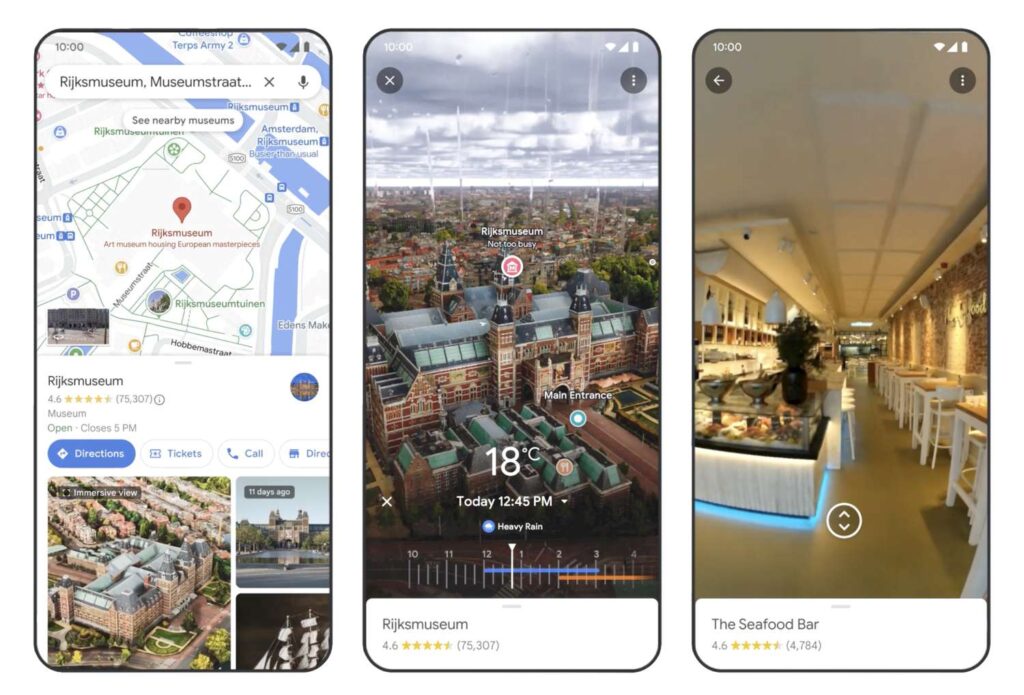
Search interfaces are among the most familiar. Google Maps, for example, doesn’t simply wait for users to type. It proactively surfaces recent searches, categories like “Restaurants,” and chips such as “Open now.” This reduces friction and helps clarify whether the user’s intent is to find something nearby, explore new options, or revisit a specific location. Intent-aware design also helps users with navigational queries quickly reach a specific page, ensuring that those with a clear navigation goal are efficiently served.
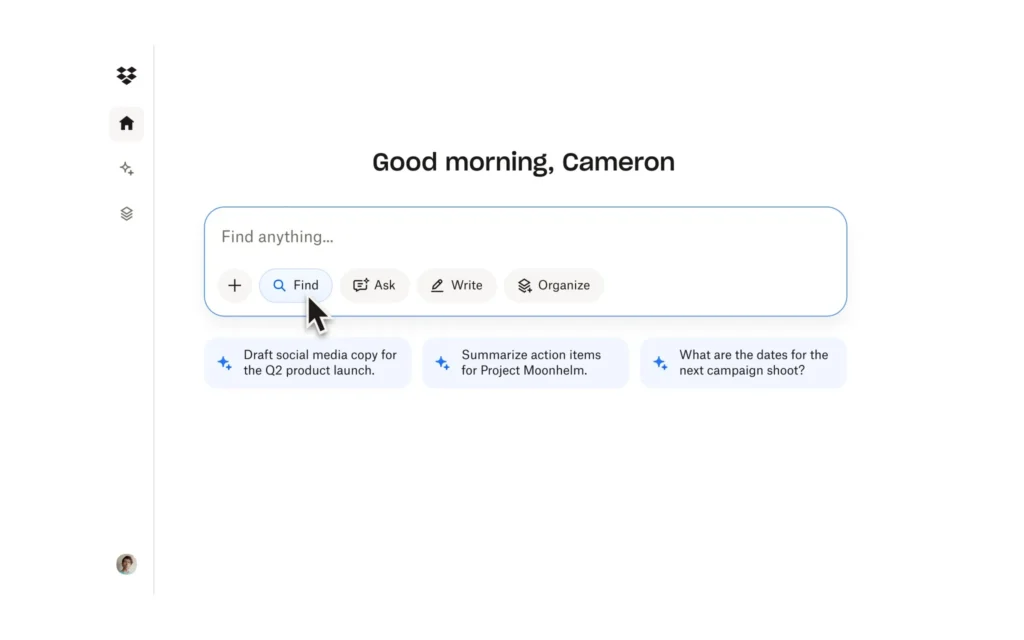
File upload flows also demonstrate intent capture well. Tools like Dropbox AI and Notion AI suggest automatic next steps after file uploads. Upload meeting notes, and you might see options like “Summarize,” “Highlight action items,” or “Generate agenda.” These suggestions reflect common user intents associated with such documents.
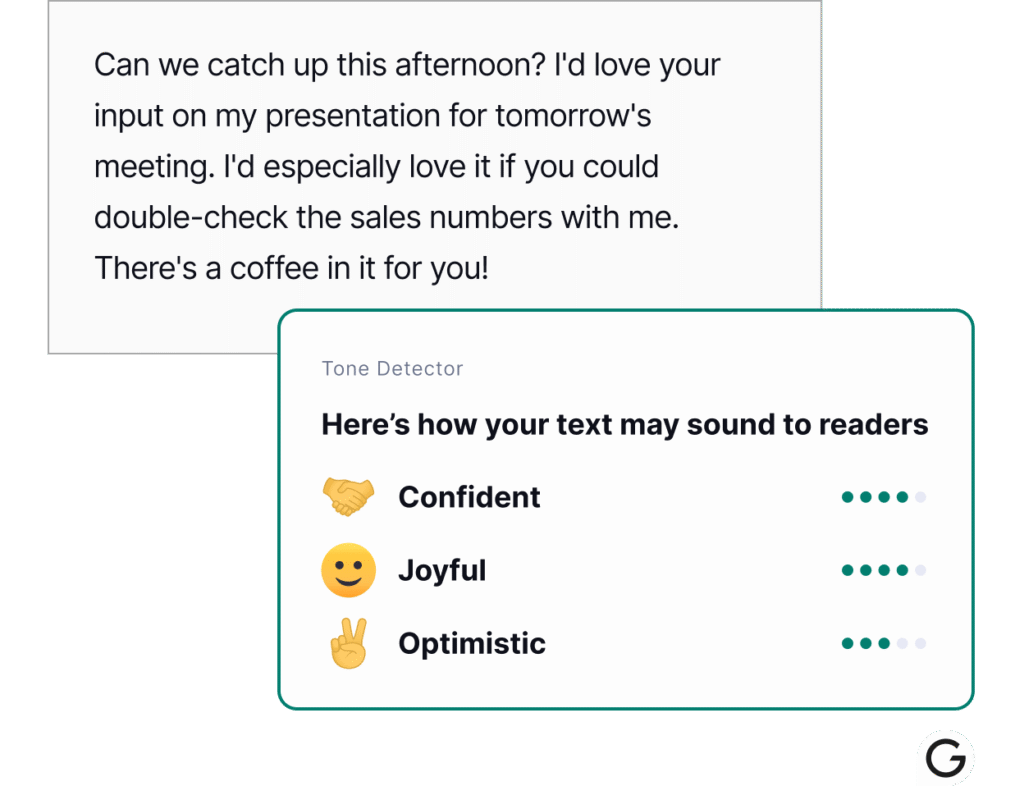
Writing tools offer rich examples too. Grammarly’s tone selector lets users choose between “Confident,” “Friendly,” or “Formal” styles, adjusting suggestions accordingly. Microsoft Word’s Copilot advances this by allowing users to specify formats like “one-page summary” or “two-paragraph explanation,” aligning the output with the user’s search intent. For users searching for a specific product or engaging in commercial investigation, tailored suggestions help them find exactly what they need, supporting their decision-making process.
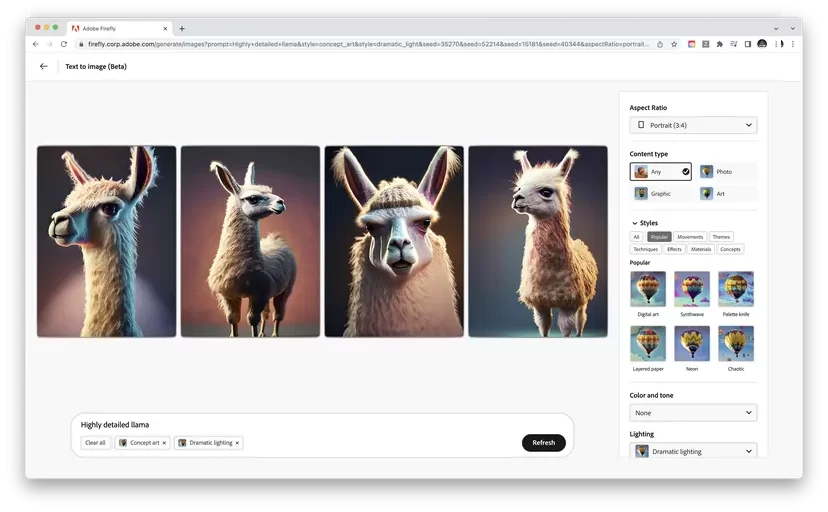
Creative tools such as Runway or Adobe Firefly capture intent by recognizing content type. Uploading a video might prompt options like “Extract clips,” “Add subtitles,” or “Create highlight reel.” Similarly, when uploading an image, suggestions like “Upscale,” “Remove background,” or “Generate variations” appear, making the tool feel intuitive and saving users time.
When users are comparing options, intent-aware features support those exploring options by surfacing relevant comparisons and recommendations that match their research phase.
Analyzing top ranking pages shows that aligning content and features with user intent, whether informational, transactional, or navigational, consistently leads to better outcomes.
Advantages & UX Benefits
Capturing user intent offers benefits that extend well beyond saving time; it fundamentally enhances the user experience. Intent-aware interfaces deliver the most relevant information to users, improving satisfaction by ensuring their needs are met efficiently.
First, it reduces friction. Instead of confronting an intimidating blank input box, users receive a helpful head start through suggestions or templates. This lowers hesitation and increases task completion rates, as users are more likely to follow through when the system initiates the interaction.
Second, intent-aware interfaces level the playing field for less experienced users. Not everyone knows how to craft effective prompts for AI tools. By highlighting common options aligned with typical intents, these interfaces enable novices to achieve meaningful results without specialized knowledge.
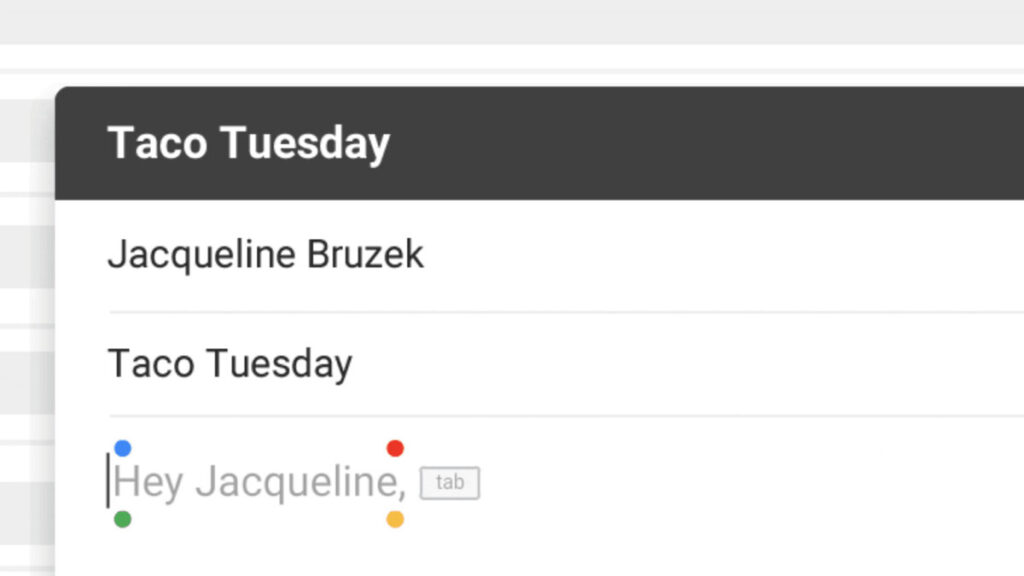
Third, intent capture fosters a more intimate and human-like interaction. For example, Gmail’s suggested closing line “Looking forward to hearing from you” creates the impression that the AI understands how a formal email should be written, enhancing user satisfaction and trust.
Finally, intent-aware design saves both mental and time energy. Instead of spending minutes figuring out how to phrase a request, users can select from context-aware suggestions. Providing relevant information at the right time helps users make informed decisions. When multiplied across daily workflows, this leads to significant productivity gains and higher conversion rates.
Content marketing strategies that focus on user intent can further enhance the user experience and drive engagement by ensuring users receive the most relevant information at each stage of their journey.
Challenges, Risks & Trade-Offs
Despite the clear advantages, predicting user intent is not without challenges.
One major risk is over-prediction. If the system suggests irrelevant or inappropriate actions, users may feel constrained or irritated. For instance, prompting a user to “Generate a business report” after uploading a personal journal creates a mismatch that increases frustration rather than reducing it. This challenge is amplified when dealing with complex queries and informational queries, which often lack a single clear intent and require nuanced understanding to provide relevant suggestions.
Another issue is complexity. Presenting too many options at once can overwhelm users, leading to paralysis by choice. If an AI tool shows ten buttons immediately after a file upload, users might feel just as lost as they would with a blank screen.
Privacy concerns also arise. Inferring intent often requires analyzing user behavior or content. If users feel their data is being overanalyzed or shared without consent, trust erodes quickly. Transparency about data usage is essential to maintain confidence.
Lastly, there is the matter of control. Users must always be able to override or ignore AI suggestions. If the AI feels pushy or rigid, it risks alienating users by limiting their freedom. The best designs balance helpful nudges with user autonomy. For users who are actively seeking information, especially during the research phase, providing flexibility in how AI interprets their intent is crucial to support evolving needs.
Best Practices for Implementing Intent-Capturing UIs
To implement intent-aware patterns successfully and responsibly, consider these best practices:
Start modestly by introducing simple prompt patterns such as ghost text or a few well-chosen suggestions. Monitor how these affect user flow before adding complexity.
Conduct thorough research to understand your users’ most common intents through observation, interviews, or user surveys. Analyze the search terms users enter and identify their search intents whether informational, navigational, commercial, or transactional to better align your design with user needs. For example, lawyers uploading documents have very different needs than students uploading notes.
Design prompts to be subtle yet useful. A gentle nudge like “Ask me to summarize this document” is more effective and less intrusive than a loud modal with multiple buttons.
Provide easy ways for users to ignore or reset predictions that don’t fit their needs. Just as Google’s autocomplete allows free typing, your interface should allow users to maintain control and flexibility.
Finally, treat intent capture as an ongoing process. Usage patterns evolve, so continuously gather feedback through feedback forms, Google Analytics, or customer testimonials and iterate your design accordingly. Continually optimize your intent-capturing interfaces based on user feedback and analytics to ensure they remain effective and relevant.
Measuring Success and User Intent
To ensure your content and marketing strategies are effectively meeting user intent, it’s important to measure success using data-driven insights. Tools like Google Analytics provide a wealth of information about user behavior, including which search queries bring users to your site, which landing pages perform best, and how users move through your site on their user journeys.
By analyzing metrics such as conversion rates, bounce rates, and time on page, you can determine how well your content aligns with different stages of user intent. Google Analytics and Google Search Console also help identify which keywords and search queries are driving traffic, allowing you to refine your content strategy for better alignment with user needs.
Regularly reviewing user feedback, conducting user surveys, and monitoring customer testimonials can provide qualitative insights into how well your content satisfies user intent. By combining these data sources, you can identify gaps in your existing content, uncover opportunities to create more relevant and targeted pages, and ultimately improve your search engine rankings and conversion rates.
Measuring and optimizing for user intent is an ongoing process, but it’s essential for staying competitive in search engine results and delivering a satisfying experience for every user.
Future Trends in Intent-Aware Interfaces
Looking to the future, the capture of user intent will become even more sophisticated and integrated.
Multimodal inputs are becoming mainstream. Imagine snapping a picture of a receipt and asking AI to “log this as a business expense” without typing a word. This expands the ways users can express intent beyond text.
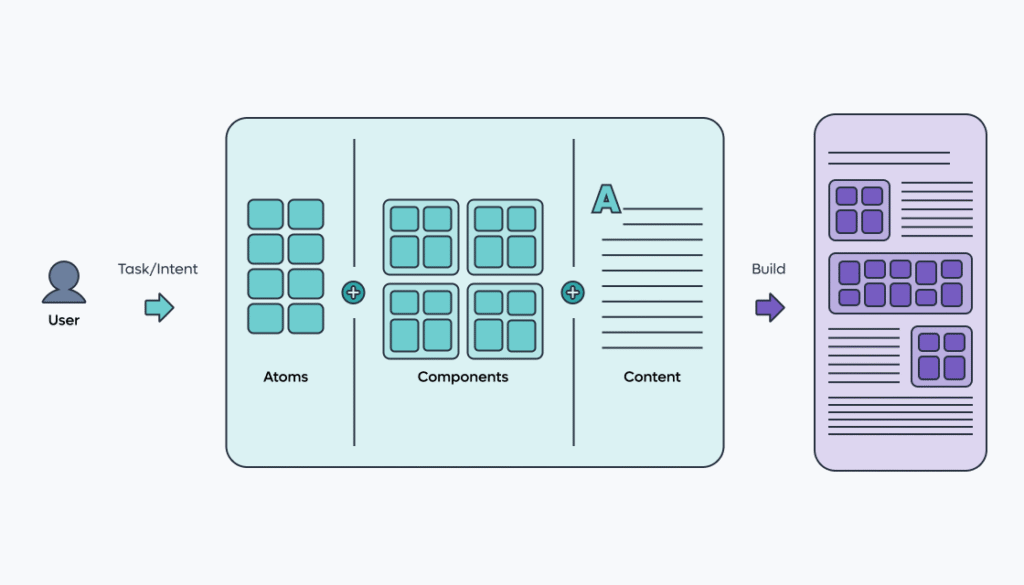
AI systems will increasingly read broader context, including environment, device, and user history. On a mobile device, assistants will be able to capture more focused and context-aware intent, such as recognizing local intent when users search for nearby services or information relevant to their current location. A mobile assistant might detect that you’re commuting and offer hands-free options, while a desktop app could recognize you’re in presentation mode and suggest concise content.
Interfaces will become fully adaptive, learning personal preferences over time. If a user consistently chooses a “formal tone” in emails or prefers summaries in bullet points, the AI could pre-select these options automatically, streamlining the workflow.
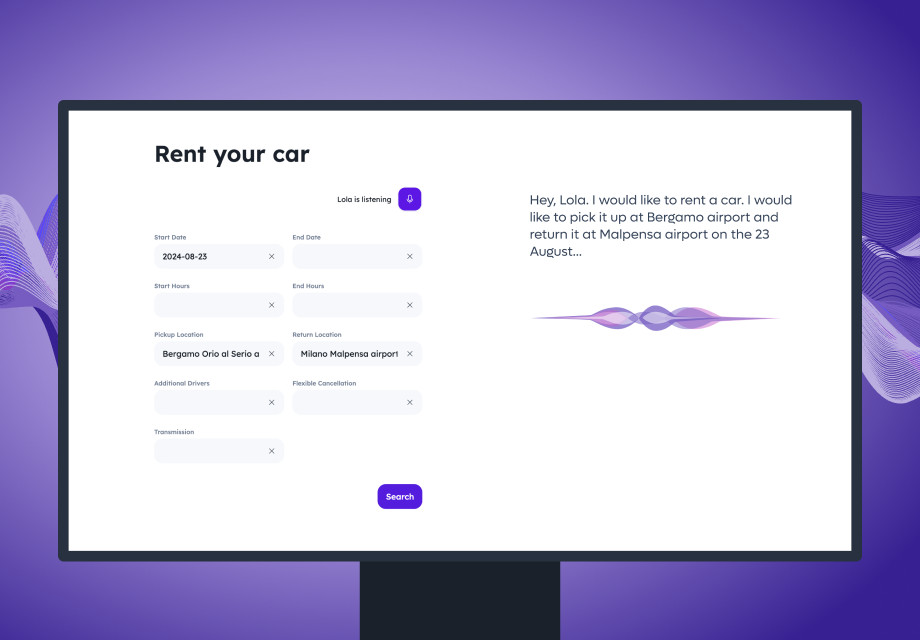
Eventually, suggestion systems will shift from reactive to proactive. Instead of waiting for input, AI might prepare draft summaries or relevant content based on recent activity, anticipating when users want to gather information on a specific topic and providing suggestions tailored to their intent before they articulate them.
Conclusion
Capturing user intent is not just a nice-to-have feature in AI design; it’s the key difference between an intimidating, frustrating interface and one that feels like a helpful partner. By understanding what users truly want to accomplish, not just what they type, AI tools can guide users past blank screens, reduce hesitation, and deliver more relevant, useful results.
If you’re designing a product or website, try this simple challenge: identify one area where your users commonly hesitate or stall, such as a blank text box, a file upload screen, or a search flow. Introduce a contextual prompt, predictive suggestion, or lightweight preset, and observe how much smoother the experience becomes.
The most effective AI user interfaces strike a balance: they guide without limiting, anticipate without overstepping, and always leave room for human control. When capturing user intent is done right, AI transforms from a passive tool into an active, cooperative assistant and that’s where the true magic happens.
Take your company to the next level and get results with our world class user experience, interface design and implementation.
Get a FREE 30 min Strategy Session
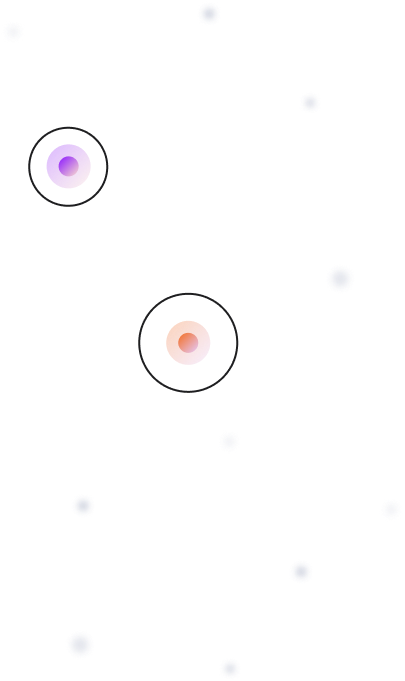
Related posts
Stop Scrolling: Kinetic Typography Is Redefining UX
“Have you noticed that text doesn’t just sit still anymore?” Scroll through any modern website or app and you’ll see […]
Design Psychology: 4 Principles that Empower Designers – Part 3
This is part 3 of our 4-part series on basic design psychology, tackling design using senses (Sight and Touch). Check […]
Design Psychology: 4 Principles that Empower Designers – Part 4
Here it is! The final part of our 4-part series on basic design psychology! We’ll be tackling the last sense […]
Creative product design that gets results
Take your company to the next level with world class user experience and interface design.
get a free strategy session
